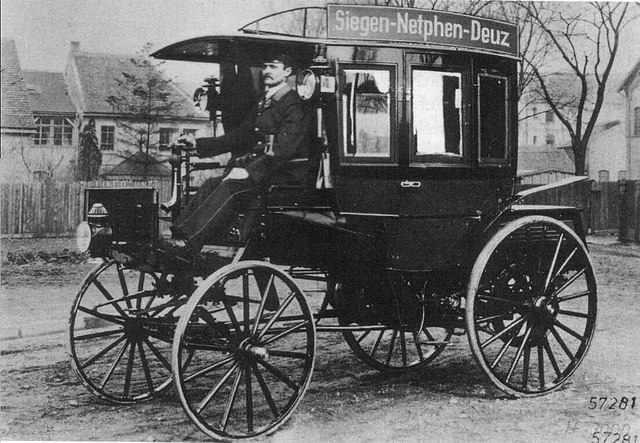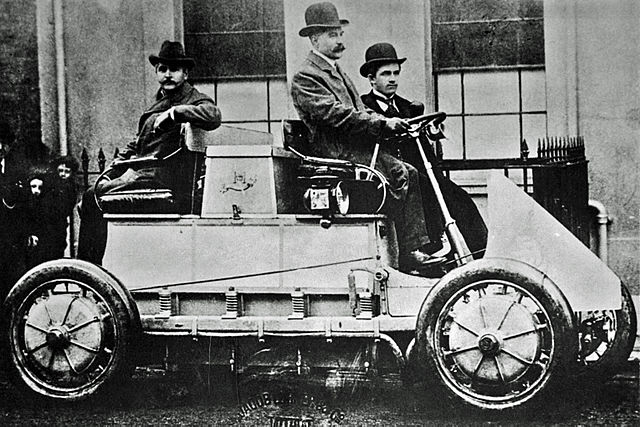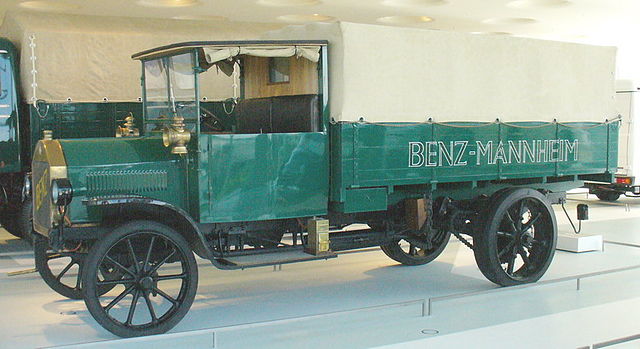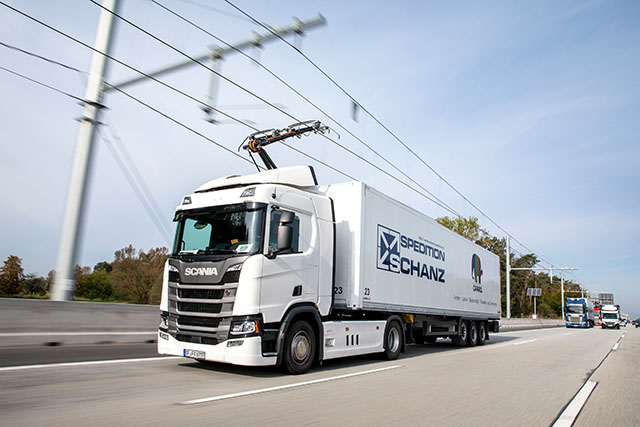The history of the Utility-Vehicle Industry
The history of commercial or utility vehicles goes back long before the age of electromobility. Surprisingly, however, the first electrically powered untility vehicles also emerged very early. In Germany, the development of motorized commercial vehicles began in 1895. During the industrial revolution England initially focused on commercial vehicles powered by steam engines. German industry played a pioneering role in the motorization of utility vehicles, alongside the USA and France. Carl Benz designed and built the first bus with an internal combustion engine as early as 1895. It offered 8 seats and reached an average speed of 15 km/h with its 5 hp drive. The bus went into regular service in the Siegerland region between Siegen and Netphen. However, the combination of solid rubber tires, poor suspension and dilapidated roads led to the line being discontinued just a few months later.
The first truck with an internal combustion engine followed one year later. However, it was not designed by Carl Benz, but by Wilhelm Maybach and built by Daimler-Motoren-Gesellschaft. The 4 hp engine achieved a top speed of 12 km/h. The maximum payload was 1.5 tons. The maximum payload was 1.5 tons. Shortly thereafter, Daimler added other models with up to 10hp and up to 5 tons of payload.
In 1899, the first electric utility vehicle, the “Lohner-Porsche-Elektromobil” was developed in collaboration between Ferdinand Porsche and the car factory Ludwig Lohner & Co. Here, for the first time, 2 wheel hub motors with 2.5 hp each were used in the front axle. These were powered by rechargeable batteries. The vehicle elicited a great response when it was unveiled at the 1900 World’s Fair (World Expo). By 1920, the wheel hub drive had been further developed by 20 truck manufacturers, especially for municipal use.

At the same time, Siemens&Halske developed a duo bus that was powered by 4 electric motors of 7.5 hp each in addition to an internal combustion engine. The batteries were charged by electric trolley system. This trolley bus was used for regular service in Berlin, for example.
After 1920, electric drives became less and less important in the commercial vehicle sector and 6-cylinder internal combustion engines prevailed.

In recent years, similar to the passenger car industry, there are various new approaches to electrification. In the area of delivery vehicles for the last mile, there have been and still are practical projects. Usually the battery capacity is selected so large that the charge is sufficient for a complete shift. However, large batteries are, apart from the environmental problem, also a main cost driver. In addition, they increase the weight considerably, which in turn has a negative effect on the range.
Remedies here are induction coils under the road surface or overhead lines. For cost reasons, not all roads can be equipped with such systems throughout. The idea is rather to charge smaller batteries without additional breaks during the shift. For example, there are projects in several cities where the electric buses recharge at the bus stops. There they stand still for a moment anyway.
Field tests with the so-called e-highway are being carried out on the A5 south of Frankfurt and the A1 near Lübeck. On the electrified sections, the trucks dock with a current collector to the trolley wires and charge the battery. They then drive with this energy until the next trolley line comes along to recharge. A third test section will be added on the B462 between Gaggenau and Kuppenheim.
